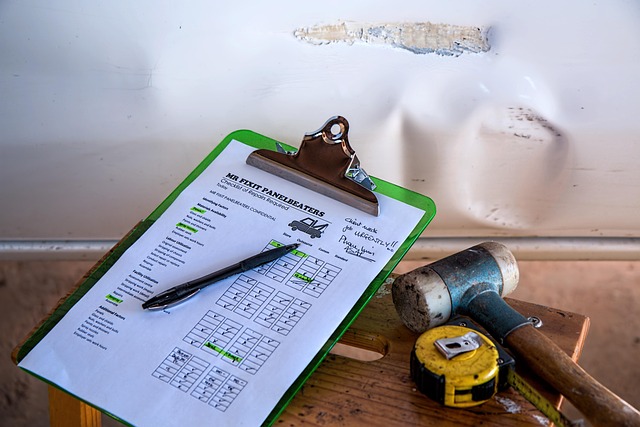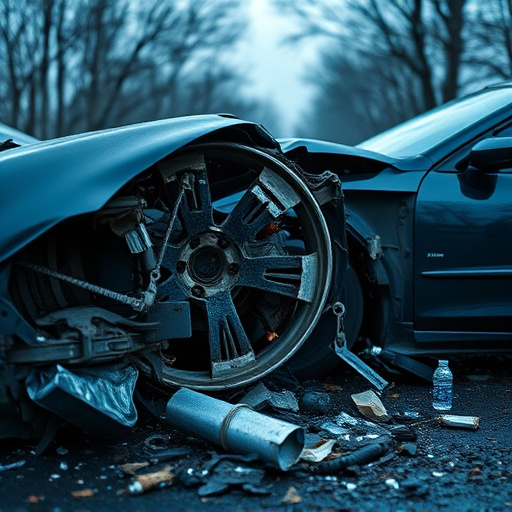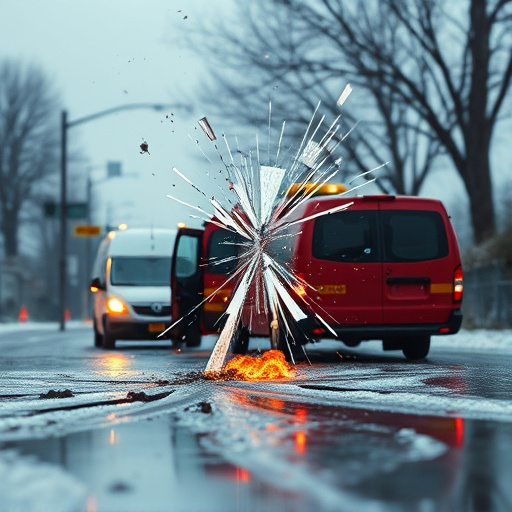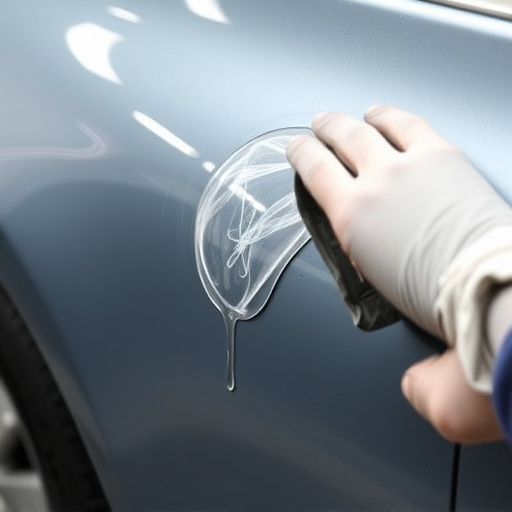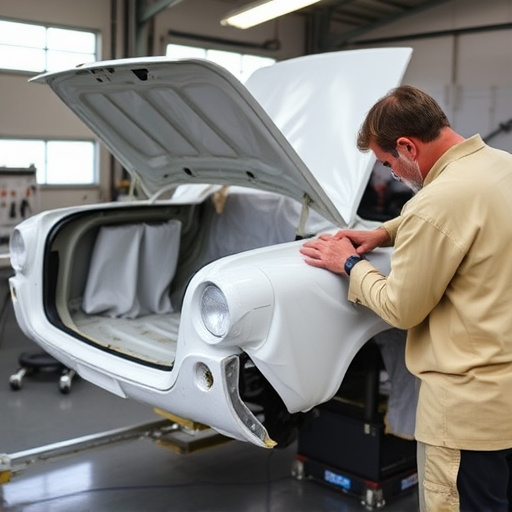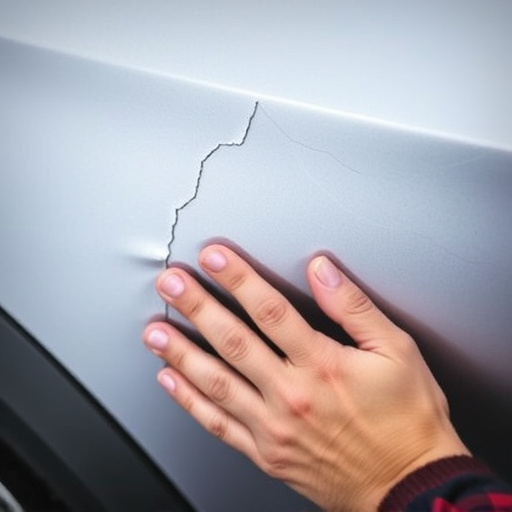Post-accident frame analysis is a vital process for assessing vehicle structural integrity after a collision, ensuring buyer safety and reliability. Consumers should scrutinize body work signs like uneven paint and inconsistent panel gaps during inspections. Using advanced tools and maintaining detailed records by professional, well-trained inspectors guarantees accurate assessments, fostering trust and enhancing peace of mind through competent auto dent repairs.
Buyers Beware: Unraveling the Mysteries of Post-Accident Frame Analysis. This comprehensive guide sheds light on the intricate process and highlights critical red flags to watch out for. Understanding the nuances of post-accident vehicle inspection is essential for consumers to make informed decisions. Learn how to identify common indicators of potential manipulation, ensuring accuracy and preventing misrepresentation in these crucial evaluations.
- Understanding Post-Accident Frame Analysis
- Common Red Flags to Look Out For
- How to Ensure Accuracy and Prevent Misrepresentation
Understanding Post-Accident Frame Analysis
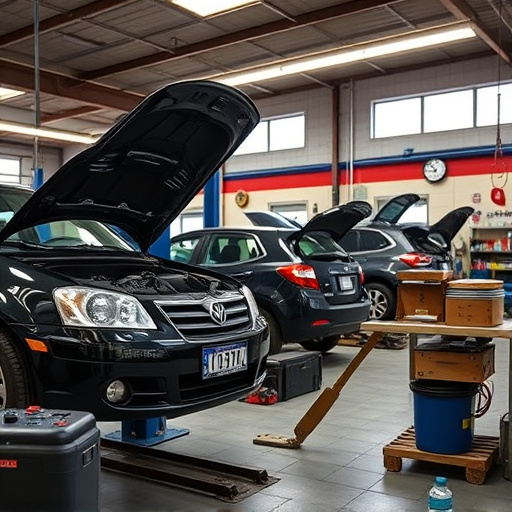
Post-accident frame analysis is a meticulous process that involves examining a vehicle’s structural integrity and damage after a collision. It goes beyond visual inspection, delving into advanced techniques to assess the condition of the car’s framework and components. This comprehensive analysis is crucial for buyers as it helps determine the extent of repairs needed and ensures they’re purchasing a safe and reliable vehicle.
For those considering car restoration or visiting auto collision centers, understanding this process can be empowering. It allows buyers to scrutinize potential red flags that might indicate subpar repairs or hidden damage. By familiarizing themselves with post-accident frame analysis, consumers can make informed decisions, choosing reputable car repair services that adhere to industry standards and prioritize customer safety.
Common Red Flags to Look Out For
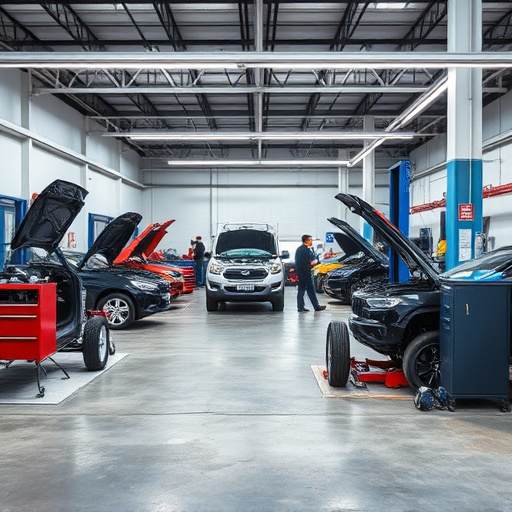
When conducting a post-accident frame analysis, buyers should be vigilant for several red flags that could indicate subpar auto body work or attempted cover-ups. One common sign to look out for is uneven paint jobs; if the repair seems haphazard or lacks consistency in color and texture, it might suggest that only surface repairs were conducted, failing to address deeper structural issues.
Additionally, keep an eye out for inconsistent or misaligned panel gaps. These are areas where panels meet and should be seamlessly fitted together. Any gaps that appear uneven or do not line up perfectly could point to subpar auto dent repair or even the use of inferior replacement parts, indicating that the car’s structure was not adequately restored through comprehensive auto body services.
How to Ensure Accuracy and Prevent Misrepresentation
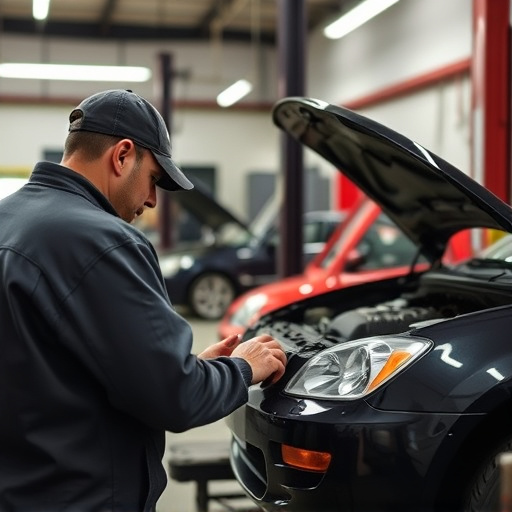
To ensure accuracy and prevent misrepresentation during post-accident frame analysis, it’s crucial to engage professional inspectors with extensive training in vehicle bodywork and auto repair services. These experts can spot subtle signs of mishandling or inadequate repairs that may go unnoticed by untrained eyes. They utilize advanced tools and techniques, such as digital measuring equipment and computer-aided design (CAD) software, to analyze the frame’s integrity accurately.
Additionally, maintaining detailed records throughout the vehicle’s history is vital. This includes documents from previous accidents, repair estimates, and service logs. By cross-referencing this information with the post-accident frame analysis, buyers can gain a comprehensive understanding of the vehicle’s true condition. This transparency fosters trust and ensures that auto dent repairs are performed competently, enhancing safety and peace of mind for all parties involved.
Post-accident frame analysis is a crucial process that helps buyers make informed decisions, ensuring transparency and accuracy. By understanding the common red flags outlined in this article, individuals can navigate the market with confidence, avoiding potential misrepresentations. It’s essential to remember that a thorough examination of vehicle history is key to a successful purchase, so stay vigilant and always seek professional advice when needed.
